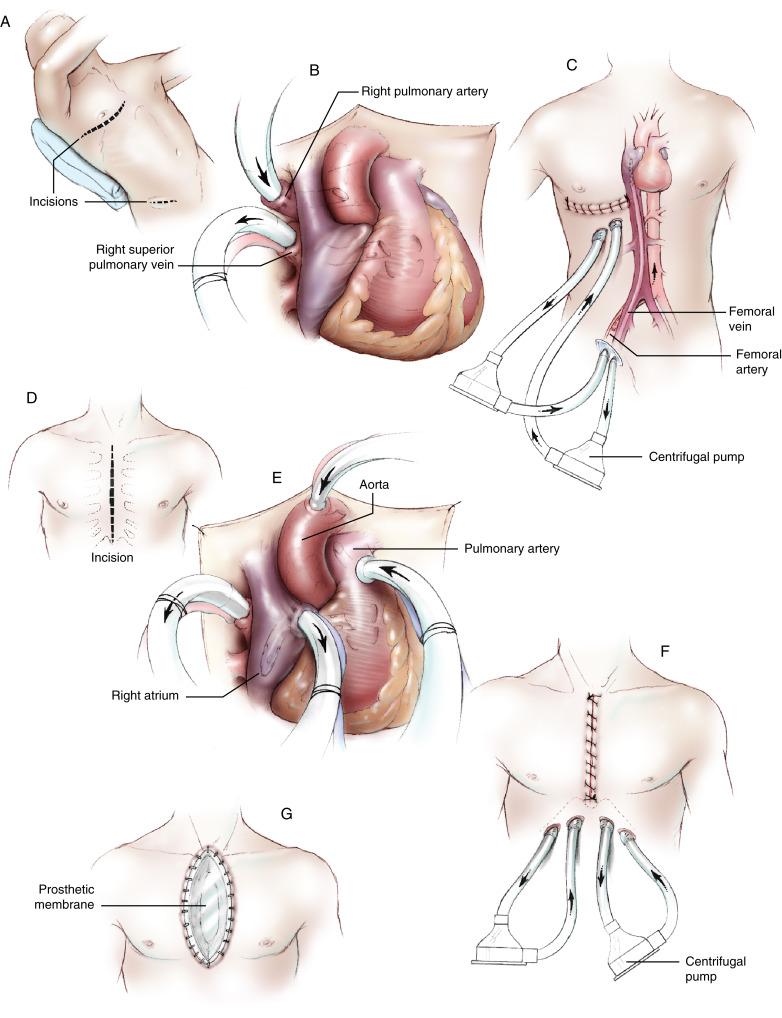Physical Address
304 North Cardinal St.
Dorchester Center, MA 02124
Left or right heart bypass is commonly employed to assist a patient’s failing circulation. This method utilizes readily available cannulae and pumping devices. Pump circuits are extracorporeal, so this type of assisted circulation can be used for only a limited time (usually days).

Become a Clinical Tree membership for Full access and enjoy Unlimited articles
If you are a member. Log in here